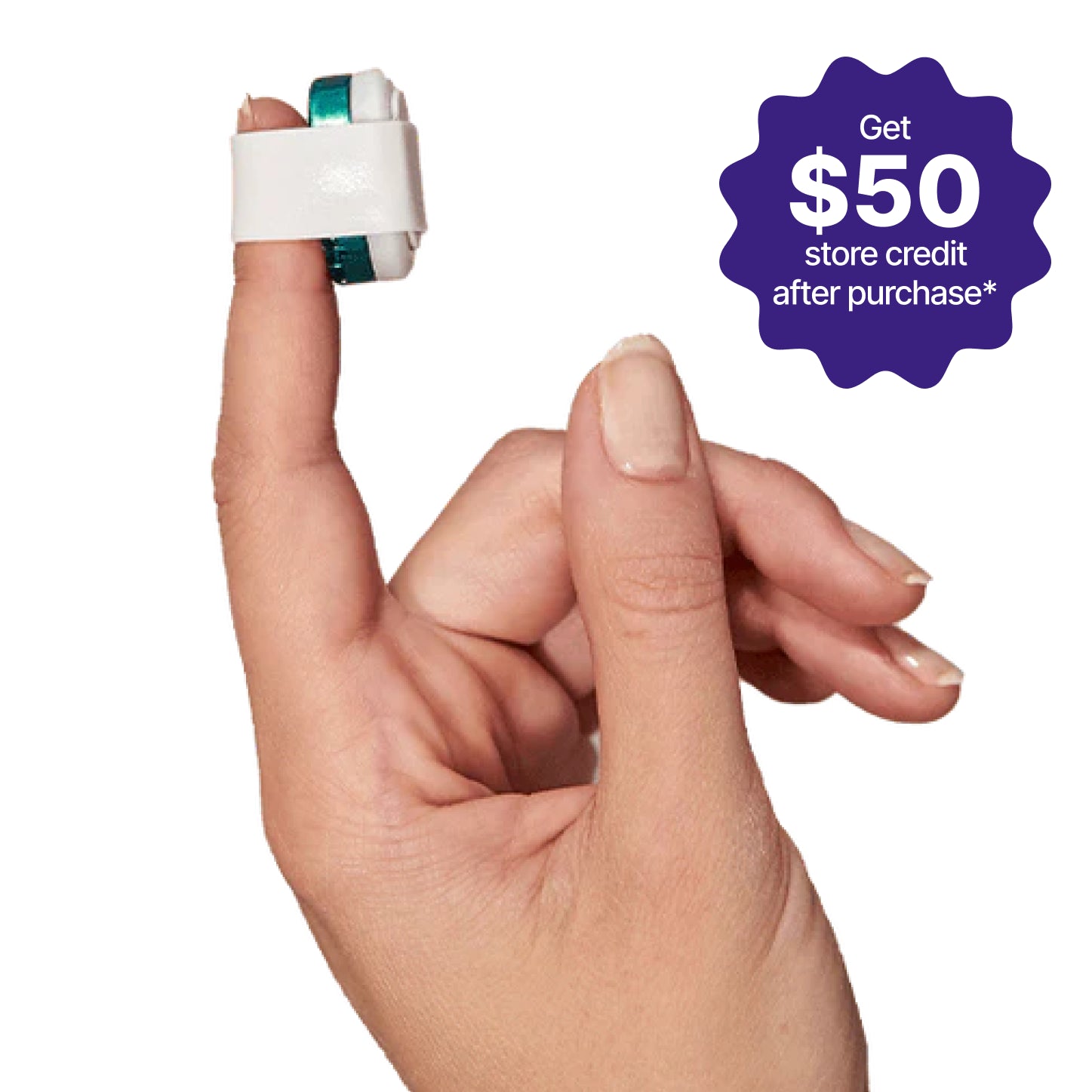Do you get a lot of comments from your partner about snoring at night? Do you ever wake up in the middle of the night gasping for air? Perhaps you got your full 8 hours of sleep but still felt lethargic all day? You may dismiss these minor issues until they become a larger issue.These sleep-disordered breathing symptoms, on the other hand, are not to be taken lightly and may be the result of Obstructive Sleep Apnea.
Looking at sleep apnea statistics might help you understand how common the sleep disorder is. It might be the push you needed to get a doctor’s appointment.
1 . The Most Common Sleep Disorder

Among the sleep-related breathing disorders in the world, the most common and disrupting condition appears to be sleep apnea. From a statistical viewpoint, over 100 million people worldwide have some level of sleep apnea.
It is estimated that 50 to 70 million Americans have regular sleep and wakefulness disturbances possible due to having their airflow blocked, which interfere with daily functioning and have a detrimental influence on health and longevity.
Among these, 5% of women are known to have sleep apnea, while 7% of men are known to have it. Men have twice the risk of having sleep apnea as women.
Approximately 20% of children are known to snore. Most of the time, it is not due to sleep apnea. For youngsters, the prevalence of sleep apnea ranges from 1 to 8%. If you do notice your child sleeping with their mouth open or snoring, consult their pediatrician to see what could be causing this because this could be a predictor of sleep apnea.
The prevalence of OSA of those in the general population aged 30-70 is approximately 26 percent. The older you become, the worse your condition becomes and the likelihood of having it increases.
2. The Most Common Form Of Sleep Apnea Therapy

Doctors frequently advise CPAP therapy when deciding on a treatment of OSA. It is the gold standard, and doctors are most convinced that it will be a success.
Continuous positive airway pressure therapy (CPAP) is a type of positive airway pressure ventilation in which a constant level of pressure greater than atmospheric pressure is applied to a person's upper airway tract on a continuous basis.
Before CPAP therapy can be prescribed, your doctor needs to refer you for a polysomnography study, also known as a sleep study with in a sleep laboratory or at home. After the sleep study, the doctor will follow-up with you and may schedule you for a CPAP titration study to figure out what pressure you need on the CPAP machine.
3. Individuals With OSA Have A High Incidence Of Car Accidents

Individuals with sleep apnea are twice as likely to get into a car accident. Since they do not get enough rest at night, people with OSA may experience impairment due to excessive daytime sleepiness. This may cause them to get into a car accident if they are behind the wheel on the road. Just imagine sitting behind the wheel and closing your eyes for a second. And in that single second, everything can go wrong.
4. Risk Factors Caused By Sleep Apnea

If you suffer from obstructive sleep apnea you may develop comorbidities such as cardiovascular issues such as high blood pressure or heart failure. Obstructive sleep apnea patients are known to be at high risk of cardiovascular disease. According to the American Academy of Sleep Medicine, the inverse is also true, some people who suffer from cardiovascular issue develop sleep apnea. While these risk factors do not mean that you will automatically develop sleep apnea, they certainly increase your risk significantly.
About 43 percent of individuals who have mild sleep apnea also have hypertension. The number rises to 69 percent for severe sleep apnea patients.
Some other risk factors that are associated with obstructive sleep apnea are having a high body mass index or BMI, obesity, being a smoker, suffering from Asthma, having a family history of sleep apnea, chronic nasal congestion, diabetes,having a wide neck circumference and having narrow airways. Smoking may cause you to have hypoxemia or a low concentration of oxygen in the blood which can exacerbate OSA symptoms.
Another risk factor is excessive daytime sleepiness. Daytime sleepiness is measured by the Epworth sleepiness scale. Scoring 13-15 is considered moderate excessive daytime sleepiness. Scoring 16-24 is considered severe daytime sleepiness and that could be dangerous.
5. Life Expectancy
Sleep apnea has been proven in studies to reduce life expectancy by several years. Since OSA restricts the amount of oxygen your lungs take in (oxygen desaturation), your health can be severely impacted. A lack of oxygen saturation also raises your risks of having a heart attack, and OSA is directly responsible for roughly 80% of all nocturnal strokes. If untreated, obstructive sleep apnea can reduce your life expectancy by 12-15 years.
6. Severe Sleep Apnea
The Apnea-Hypopnea index is used to measure the severity of your sleep apnea. If you have an AHI of 5-15, that is considered mild OSA. If you have an AHI of 15-30, that is considered moderate and if you have an AHI of more than 30 that is considered severe OSA. Your risk factors of developing comorbidities increases significantly if you have severe sleep apnea. Undiagnosed severe sleep apnea has an increased risk factor for developing diabetes, liver problems and even cancer. If you notice that your AHI is more than 30 you should let your healthcare provider know urgently.
Final Thoughts
Obstructive sleep apnea syndrome is one of the most common sleep disorders in the world. If you are experiencing some of these symptoms and they are messing with your quality of life, We suggest to bring it up to your healthcare professional. With CPAP therapy, weight loss, and a healthy diet you should be able to improve your sleep apnea symptoms.

















































